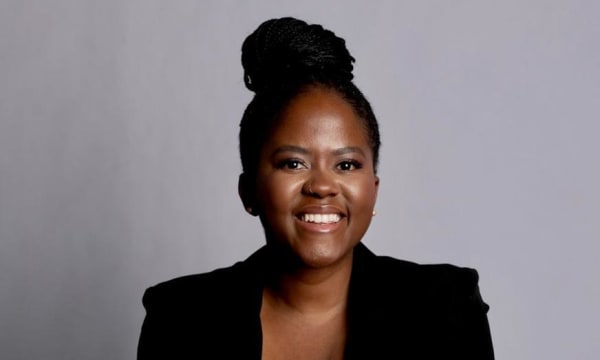Just as the Cluetrain Manifesto predicted back in 1999, today’s consumers are calling brands out on their nonsense. And at a time when it’s never been easier to be fake, advertising is starting to get real.
By Lyn Wilson, Senior TTL Strategist, VML South Africa
Once upon a time – before the 1960s – people trusted brands, governments, and institutions. Those were simpler days. Over time, however, scandals, misinformation, and empty promises piled up, leaving people sceptical and jaded.
Fast forward to Y2K, and the internet flipped the script. People discovered new ways to share information at speeds never before imagined. Markets became real conversations. And the human voice began to take centre stage.
Yet, even as communication became more natural, open, honest, direct, and funny, (sometimes even shocking), brands kept talking in their fake way, spewing happy-talk that insulted their audience’s intelligence. They failed to adapt, and people noticed.
Power to the people
With the rise of citizen journalism and peer-to-peer recommendations, people have increasingly shifted to trusting each other more than companies. In
Nielsen’s 2021 Trust in Advertising Study, 88% of respondents said they trust recommendations from friends, family, and peers over any other channel.
Hop onto any online community (the school parents’ group on WhatsApp, Reddit threads, neighbourhood Facebook groups) and you’ll see this play out in real time. Why? Because humans value trust and cooperation – the building blocks of community and markets. Over the last two decades or so, word of mouth, reviews, thumbs-up emojis, and starred ratings have become a kind of currency.
It didn’t help that, as people started leaning into authenticity, the Age of Disinformation arrived. With troll farms, bots, dark ads, and fake news flooding the digital landscape, further deepening distrust, the fallout was inevitable: In 2025, nine out of ten people think advertising is a lie. Meanwhile, according to a 2024 report, 75% of brands could disappear tomorrow, and no one would care.
As the Cluetrain Manifesto of 1999 so eloquently put it: “We are not seats or eyeballs or end users or consumers. We are human beings. And our reach exceeds your grasp. Deal with it.”
Clearly, it’s time for brands to cut the crap. In a 2024 survey by VML Intelligence, 82% of global respondents said they prefer advertising that’s humble and avoids grandiose claims. Some brands are catching on. New trends are emerging that go against the pompous swagger of traditional advertising.
Humble branding
Humble branding isn’t about self-deprecation or waving a white flag to competitors. It’s about dropping the act and embracing big values, straight talk, and a genuine point of view – in other words, human-to-human connection. Instead of shouting, humble brands listen. Instead of boasting, they build trust through honesty, humour, and authenticity.
Take Visit Oslo’s 2024
Browser Tracking Protection enabled. Unable to display content.

This tongue-in-cheek ad has more than a million YouTube views. The appeal? It feels real. Marketing guru Seth Godin sums it up perfectly: “Brand humility is the only response to a fast-changing and competitive marketplace. The humble brand understands that it needs to re-earn attention, re-earn loyalty, and reconnect with its audience as if every day is the first day.”
Ugly ads: The anti-ad revolution
In a world of slick, overproduced campaigns, something unexpected is stealing the spotlight: Ugly ads. These rough and ready creations ditch perfection for authenticity. They embrace raw, unpolished visuals and casual, relatable language. Think user-generated content, screenshots, casual videos, and imperfect graphics.
Ugly ads aren’t trying to impress; they’re looking to connect. They work because people don’t always want perfect – they want real. Traditional ads scream “advertisement,” but ugly ads whisper, “Hey, I’m just like you.”
UK cereal brand Surreal’s hilariously relatable January campaign featured “lazy” ads with clunky fonts, PowerPoint-level graphics, and even “mistakes”. Their message: “Can’t be bothered this month? Neither can we.” The campaign went against the grain, and it worked. The ads felt human, raw, and refreshingly different. And of course, all of this made them infinitely shareable.
The Future of Branding
The path forward isn’t domination, it’s participation. In a culture craving connection, brands must embrace small-scale, persistent efforts to rebuild trust.
To quote Cluetrain once more: “Elvis said it best – ‘We can’t go on together with suspicious minds.’”
Let’s stop pretending and start connecting. Humility, honesty, and humanity aren’t just trends, they’re the future. Are you ready to join the conversation?
Originally published in Financial Mail.


